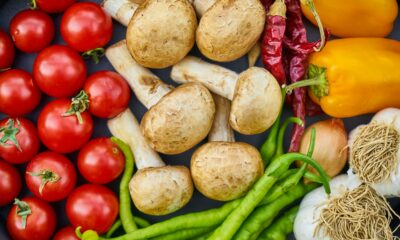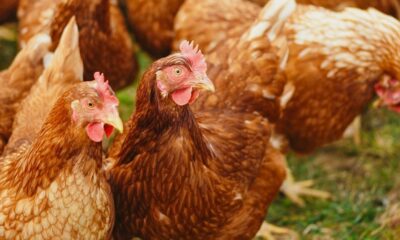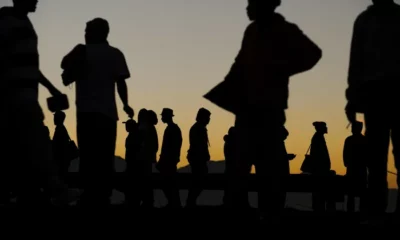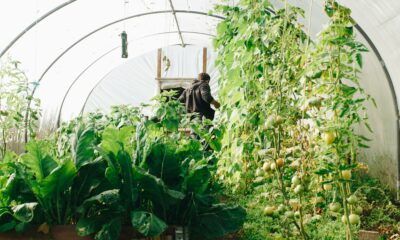News
Winter Meat Crisis Looms: Why South Africans May Soon Struggle to Afford Protein
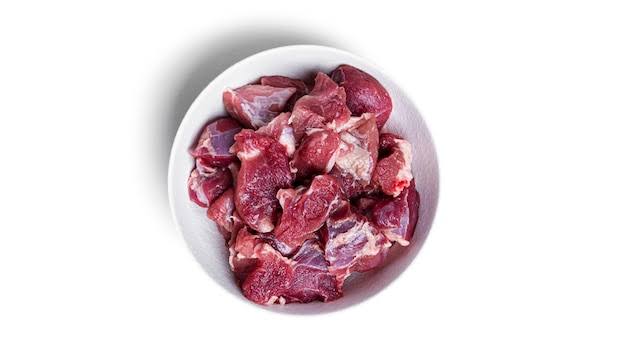
A “perfect storm” of events is pushing meat further out of reach for millions of South Africans this winter, with the most vulnerable households already feeling the heat.
By all accounts, winter in South Africa is about to get colder—especially for meat lovers and struggling families. From rising prices at the butcher to fears of empty supermarket shelves, the country’s meat supply is under siege, and experts are warning that we may be on the brink of a national food emergency.
Arnold Prinsloo, CEO of Eskort, a name synonymous with South African meat products, has issued a stark warning: meat is becoming a luxury. He’s not being dramatic. Between a fresh outbreak of foot-and-mouth disease, the sudden collapse of a major poultry producer, and a crippling chicken import ban, the dominoes are falling fast.
Beef Takes a Hit: Disease Disrupts Supply
It started with a red flag in Gauteng, where a case of foot-and-mouth disease was detected at a feedlot owned by Karan Beef, the country’s largest beef producer. The facility was swiftly placed under quarantine, slashing slaughter volumes by 75%. That’s not just a headache for steak lovers—it’s a serious threat to national supply.
“If the quarantine drags on or spreads, beef will become scarcer and far more expensive,” Prinsloo warned.
Historically, outbreaks like this have had a ripple effect on pricing across provinces, especially when alternative beef sources can’t meet demand. Add the current economic climate—marked by high fuel and feed prices—and the recipe for disaster is complete.
Chicken Crisis: Imports Cut, Producers Collapse
The beef issue is just one piece of the puzzle. On May 15, South Africa imposed a ban on chicken imports from Brazil due to an avian flu outbreak. That’s no small hiccup—Brazil is South Africa’s main source of mechanically deboned meat (MDM), the critical ingredient in cheap, processed staples like polony and Viennas.
Prinsloo said it plainly: “Some smaller producers have already run out of raw material.” And with local suppliers able to produce just 100 tonnes of MDM a month compared to Brazil’s 19,000, the math doesn’t add up.
To make matters worse, Daybreak Foods, one of the country’s biggest chicken producers, has gone into business rescue and culled 350,000 chicks due to feed shortages. This has further squeezed the domestic chicken market, at a time when imported alternatives are blocked.
The Real Price of a Polony
Here’s where the crisis really hits home. That cheap polony sandwich you pack for your kid’s lunch? The price could soon double—or disappear from shelves altogether.
Since the Brazilian import ban, MDM prices have already soared by 140%. That’s not just a commercial concern. It’s a direct blow to food access for the working poor, who rely on affordable protein to survive.
“This ban affects around 400 million low-cost meals a month,” said Prinsloo. “It’s the poorest households that suffer. We’re talking about hunger and malnutrition.”
Social Media Reacts: ‘Meat is Becoming a Luxury’
As prices rise, public frustration is simmering online. X (formerly Twitter) users have begun using hashtags like #MeatCrisis and #PolonyPriceHike, with many South Africans expressing disbelief at the cost of everyday meat items. Others are sharing photos of empty fridge sections or lamenting having to drop protein from their grocery lists entirely.
“Polony now costs more than steak used to!” tweeted one user. “What are we meant to feed our kids?”
What’s Being Done? Calls for Targeted Action
Industry groups, including the Association of Meat Importers and Exporters (AMIE), are calling on newly appointed Agriculture Minister John Steenhuisen to revise the Brazilian import ban. Instead of a blanket ban, they argue South Africa should limit it to the affected state in Brazil, allowing safer regions to continue supplying critical meat imports.
“It’s not just about trade,” said Prinsloo. “It’s about jobs, public health and national food security.”
So far, there’s been no public statement from Steenhuisen, but pressure is mounting.
A Food Emergency in the Making
While some in the industry claim that fears of a meat shortage are exaggerated, Prinsloo disagrees.
“We can’t sugar-coat this. Every day that passes without intervention is another day families go hungry,” he said. “We’re not just talking about higher prices. We’re staring down a full-blown food crisis.”
In a country already wrestling with record unemployment, rising inflation, and child malnutrition, the stakes couldn’t be higher. If protein-rich staples become unaffordable, the long-term impact on public health, education, and productivity will be devastating.
This is not just a supply chain issue. It’s a social justice issue. As the cost of meat spirals, it’s clear that urgent, coordinated action is needed to protect South Africa’s most vulnerable communities.
“The time to act is now,” Prinsloo said. “We can’t afford to wait until it’s too late.”
With winter biting and cupboards thinning, one thing is clear: if policymakers don’t step in soon, South Africa may be heading toward a season of silent hunger.
{Source: BusinessTech}
Follow Joburg ETC on Facebook, Twitter , TikTok and Instagram
For more News in Johannesburg, visit joburgetc.com

